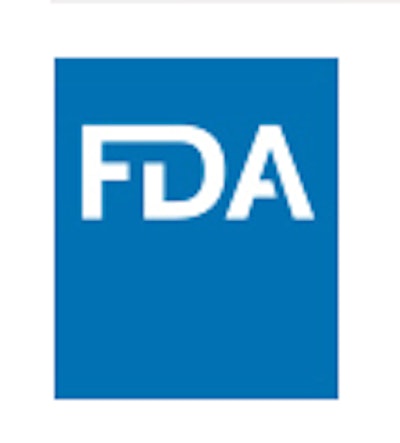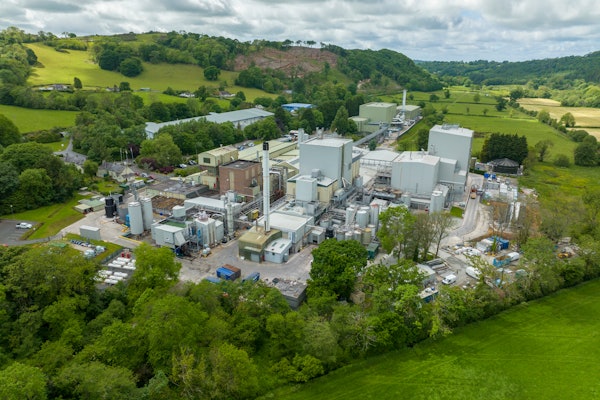
FDA, along with CDC, state and local agencies, is investigating a multistate outbreak of E. coli O157:H7 illnesses likely linked to romaine lettuce grown in California this fall. The Public Health Agency of Canada (PHAC) and Canadian Food Inspection Agency are also coordinating with U.S. agencies as they investigate a similar outbreak in Canada. FDA has been conducting a traceback investigation, reviewing shipping records and invoices to trace the supply of romaine from the place where ill people were exposed to the place where that romaine was grown.
Latest Update from December 6, 2018
FDA’s advice has not changed. Based on discussions with producers and distributors, romaine lettuce entering the market will now be labeled with a harvest location and a harvest date or labeled as being hydroponically- or greenhouse-grown. If it does not have this information, you should not eat or use it.
If romaine lettuce does have this labeling information, FDA advises avoiding any product from the Central Coast growing regions of northern and central California. Romaine lettuce from outside those regions need not be avoided. Consumers may notice that romaine lettuce is beginning to be available in stores with the new labeling.
Romaine lettuce that was harvested outside of the Central Coast growing regions of northern and central California does not appear to be related to the current outbreak. Hydroponically- and greenhouse-grown romaine also does not appear to be related to the current outbreak. There is no recommendation for consumers or retailers to avoid using romaine harvested from these sources.
Read the Full Update from FDA
Latest update from November 28, 2018:
The specific California counties FDA identified in the traceback investigation are:
- Monterey
- San Benito
- San Luis Obispo
- Santa Barbara
- Santa Cruz
- Ventura
Romaine harvested from locations outside of the California regions identified by the traceback investigation does not appear to be related to the current outbreak.
Previous report:
FDA, along with CDC, state and local agencies, is investigating a multistate outbreak of E. coliO157:H7 illnesses likely linked to romaine lettuce grown in California this fall. The Public Health Agency of Canada (PHAC) and Canadian Food Inspection Agency are also coordinating with U.S. agencies as they investigate a similar outbreak in Canada.
FDA has been conducting a traceback investigation, reviewing shipping records and invoices to trace the supply of romaine from the place where ill people were exposed to the place where that romaine was grown.
Preliminary traceback information indicates that ill people in several areas across the country were exposed to romaine lettuce harvested in California. Specifically, current evidence indicates this romaine was harvested in the Central Coast growing regions of northern and central California.
Romaine harvested from locations outside of the California regions identified by the traceback investigation does not appear to be related to the current outbreak.
There is no recommendation for consumers or retailers to avoid using romaine lettuce that is certain to have been harvested from areas outside of the Central Coast growing regions of northern and central California. For example, romaine lettuce harvested from areas that include, but are not limited to the desert growing region near Yuma, the California desert growing region near Imperial County and Riverside County, the state of Florida, and Mexico, does not appear to be related to the current outbreak. Additionally, there is no evidence hydroponically- and greenhouse-grown romaine is related to the current outbreak.
During this new stage of the investigation, it is vital that consumers and retailers have an easy way to identify romaine lettuce by both harvest date and harvest location. Labeling with this information on each bag of romaine or signage in stores where labels are not an option would easily differentiate for consumers romaine from unaffected growing regions.
Recommendation:
Based on discussions with producers and distributors, romaine lettuce entering the market will now be labeled with a harvest location and a harvest date or labeled as being hydroponically- or greenhouse-grown. If it does not have this information, you should not eat or use it.
If romaine lettuce does have this labeling information, we advise avoiding any product from the Central Coast growing regions of northern and central California. Romaine lettuce from outside those regions need not be avoided.
Romaine lettuce that was harvested outside of the Central Coast growing regions of northern and central California does not appear to be related to the current outbreak. Hydroponically- and greenhouse-grown romaine also does not appear to be related to the current outbreak. There is no recommendation for consumers or retailers to avoid using romaine harvested from these sources.


















